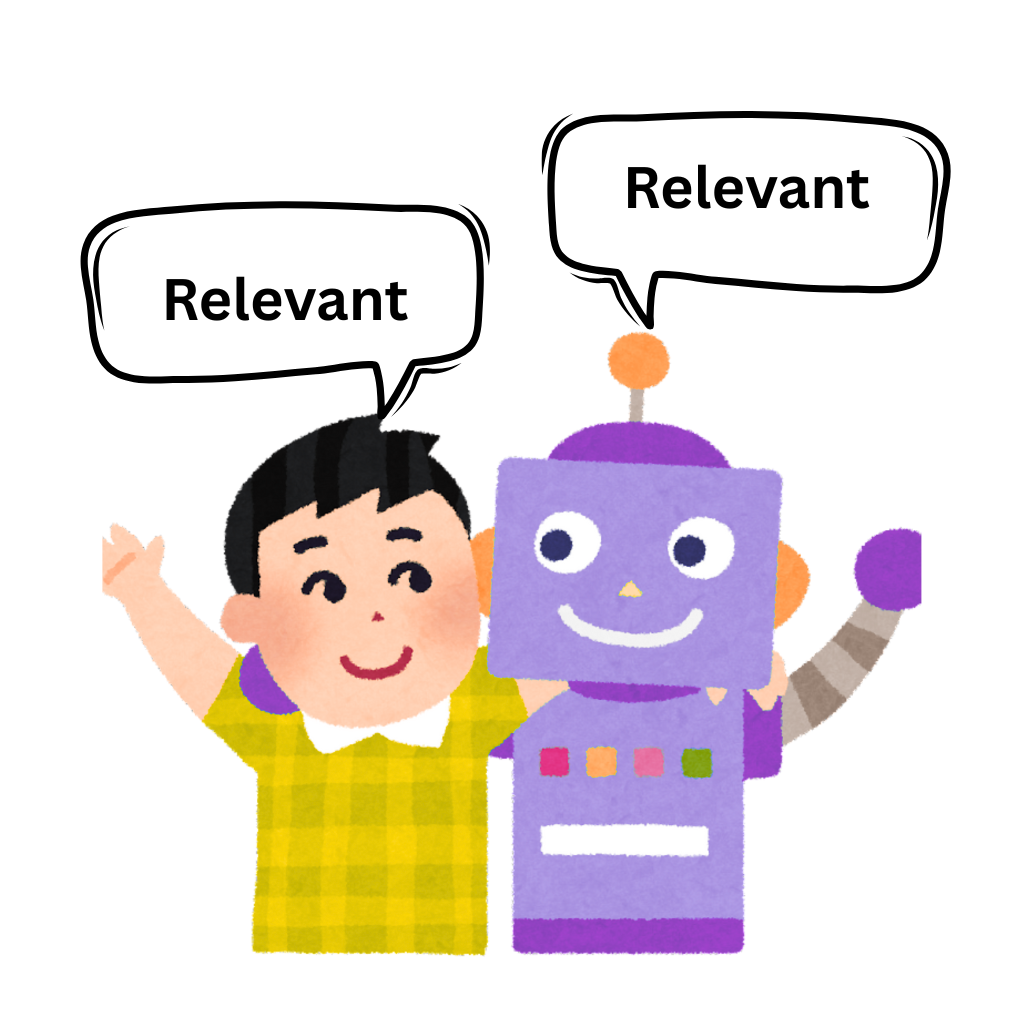1. Introduction
With the exponential growth of AI-based conversational systems like ChatGPT, Siri, and Alexa, machines are now expected to simulate human-like communication, including emotional expression. Emotional NLP responses can mimic empathy, excitement, and concern—but are these truly relevant in a human pragmatic sense? Relevance Theory, developed by Sperber and Wilson (1995), offers a powerful framework for evaluating whether AI-generated responses are contextually appropriate, cognitively effective, and worth the user’s processing effort. This study investigates the alignment (or misalignment) between emotional outputs of AI chatbots and the pragmatic expectations of human communication. The aim is to explore whether these systems convey messages that are not only emotionally expressive but also pragmatically relevant in human terms.
2. Research Objective
To explore how AI-generated emotional responses align with human pragmatic relevance using Relevance Theory.

3. Research Question
How responses are relevant in the pragmatic sense, i.e., do they justify the processing effort and produce sufficient cognitive effects?
4. Theoretical Framework
This research is anchored in Relevance Theory, which posits that communication is guided by two key principles:
Cognitive Principle: Human cognition is geared to maximize relevance.
Communicative Principle: Every utterance conveys a presumption of its own relevance.
Relevance Theory evaluates a message based on:
Cognitive Effects (usefulness of new information)
Processing Effort (mental effort needed to derive those effects)
This framework will be used to assess whether AI emotional responses meet these expectations in human-human interaction contexts.

5. Methodology
This study adopts a qualitative pragmatic analysis design, employing a comparative framework to examine emotional responses generated by AI systems versus those expressed by humans. The primary aim is to assess how these responses align in terms of contextual relevance, emotional alignment, processing effort, and cognitive effects, as defined by Relevance Theory.
6. Data Collection
Data will be collected from two main sources: first, emotional responses generated by popular AI chatbots such as ChatGPT, Alexa, and others; and second, responses from human participants gathered through interviews and focus groups. These sessions will involve participants sharing their emotional reactions during real-time interactions with AI systems.

7. Significance of the Study
8. Expected Outcomes
- AI responses may lack depth in pragmatic relevance even if they simulate emotions well.
Human users may not perceive AI-generated emotions as sincere or contextually appropriate.
Relevance Theory will help map how and why users accept or reject certain emotional outputs.

